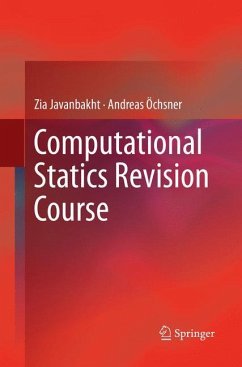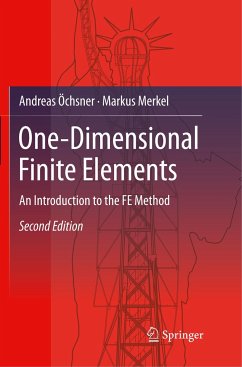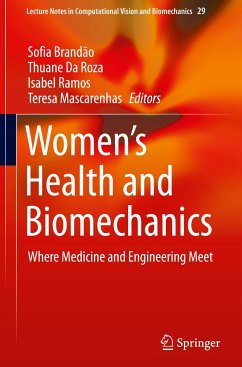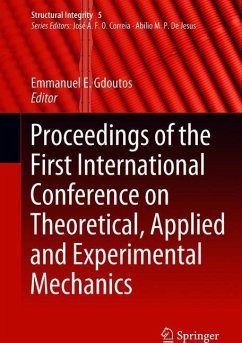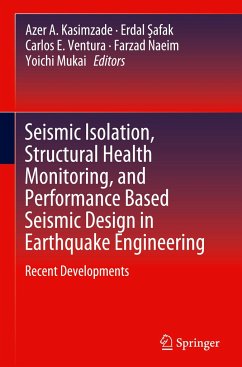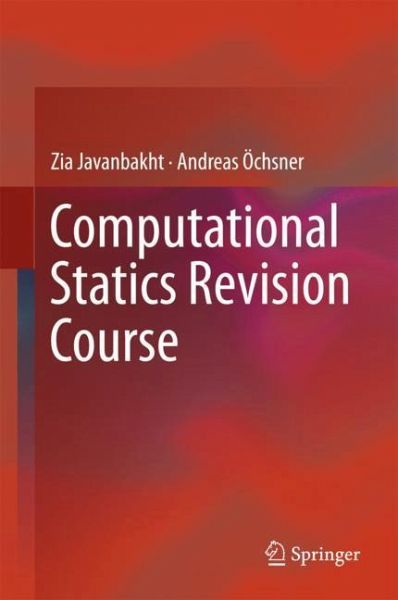
Computational Statics Revision Course
Versandkostenfrei!
Versandfertig in 6-10 Tagen
38,99 €
inkl. MwSt.
Weitere Ausgaben:

PAYBACK Punkte
19 °P sammeln!
This revision and work book offers a very specific concept for learning the finite element method applying it to problems from statics of: It skips all the classical derivations and focusses only the essential final results. Based on these `essentials', fully solved example problems are presented. To facilitate the initial learning process, the authors compiled 10 recommended steps for a linear finite element solution procedure (`hand calculation') and all the solved examples follow this simple scheme.These 10 recommended steps help engineering students to master the finite element method and ...
This revision and work book offers a very specific concept for learning the finite element method applying it to problems from statics of: It skips all the classical derivations and focusses only the essential final results. Based on these `essentials', fully solved example problems are presented. To facilitate the initial learning process, the authors compiled 10 recommended steps for a linear finite element solution procedure (`hand calculation') and all the solved examples follow this simple scheme.
These 10 recommended steps help engineering students to master the finite element method and guide through fundamental standard problems, although there are neither 10 recommended steps for real-life engineering problems nor 10 standard problems that cover all possible problems that a young engineer may face during his first years of professional work.
This revision course accompanies the textbook "Computational Statics and Dynamics: An Introduction Based on the Finite Element Method" by the same authors.
These 10 recommended steps help engineering students to master the finite element method and guide through fundamental standard problems, although there are neither 10 recommended steps for real-life engineering problems nor 10 standard problems that cover all possible problems that a young engineer may face during his first years of professional work.
This revision course accompanies the textbook "Computational Statics and Dynamics: An Introduction Based on the Finite Element Method" by the same authors.





